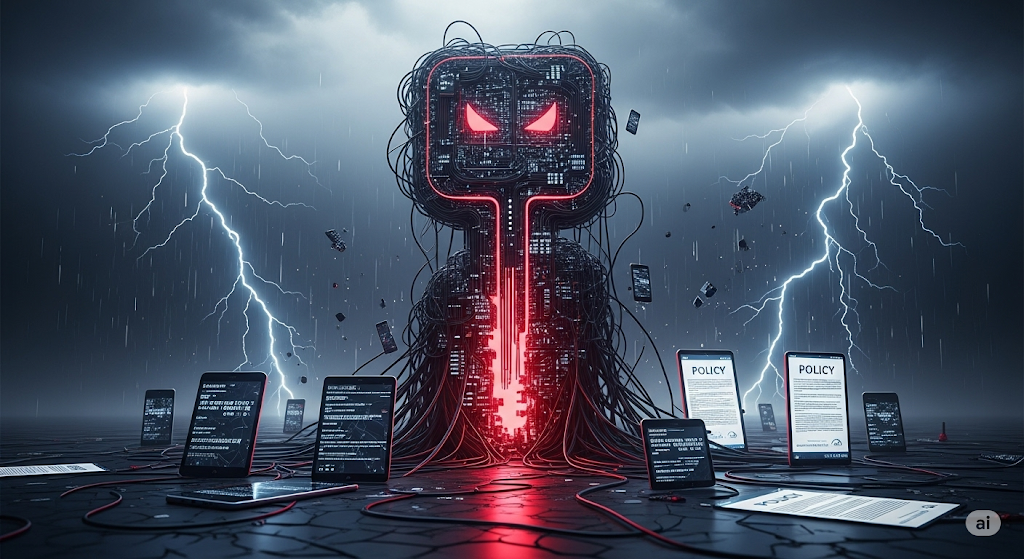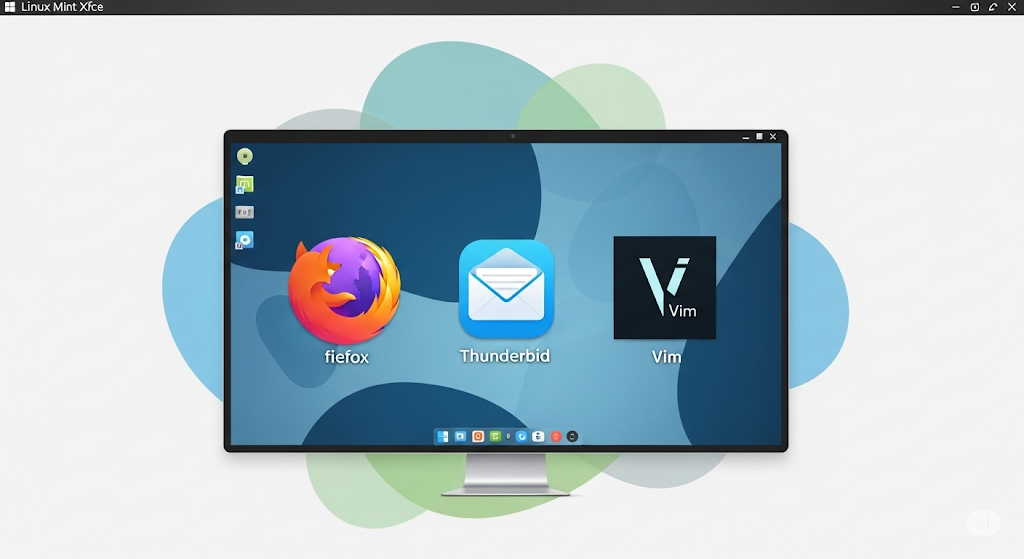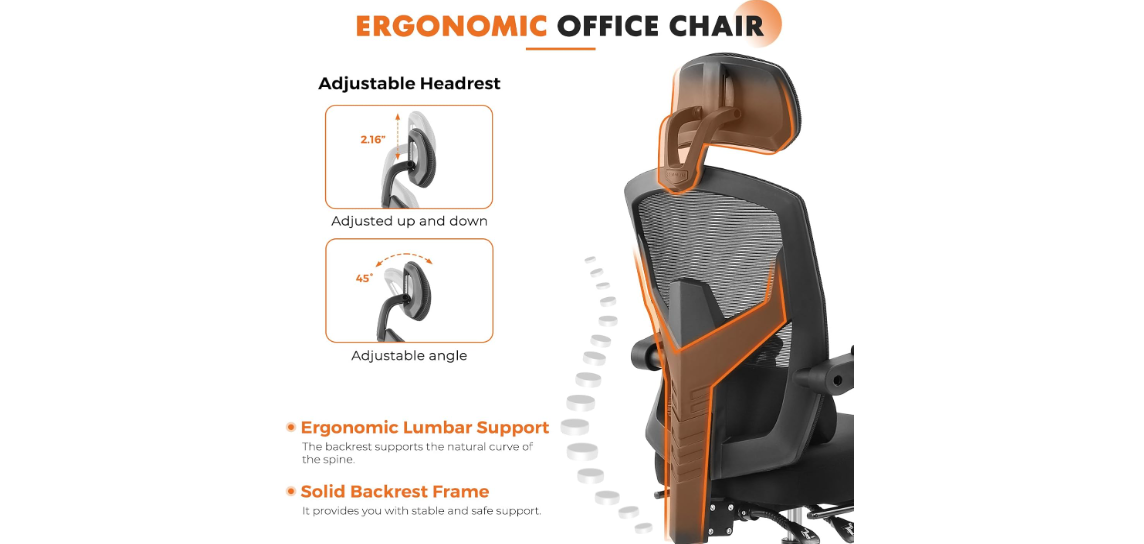Alright, because if your home network security feels about as robust as a screen door on a submarine, you’re in the right place. We’re diving headfirst into why relying on that dusty old router for your digital defenses is like bringing a spork to a sword fight, and how a tiny, unassuming mini PC is about to become your network’s new bouncer; keeping the riff-raff out, and your server humming. Spoiler alert: it’s a good look for your digital life. Because let’s be honest, your digital privacy is about as private as a reality TV show if your router is slacking.
So, let’s get real for a sec; your Netgear Nighthawk, bless its little heart, probably isn’t cutting it. It’s like asking a Swiss Army knife to perform brain surgery when you need a full surgical suite. Our main beef? Those firmware updates; or, more accurately, the distinct lack thereof. Imagine your internet gateway, sitting there, exposed to every digital ne’er-do-well, running on software that’s older than your dog, possibly even older than your last serious relationship. Yeah, not ideal.
We’re talking about a device that’s supposed to be your first line of defense; yet, it’s often more of a welcome mat. The issue isn’t just about sluggish performance, though you’ll definitely get a speed boost; it’s about control, granular features, and a security posture that doesn’t make actual security experts weep openly into their keyboards. This is why we’re basically firing the Nighthawk from its security gig and promoting a mini PC to Head of Network Security. This isn’t just an upgrade; it’s a digital intervention.
Think about it this way: your current router’s built-in firewall is probably as effective as a wet paper bag trying to stop a waterfall. But a dedicated mini PC? We’re talking about running something like pfSense or OPNsense here. These aren’t your grandpa’s firewalls that just block a few ports; oh no, these are enterprise-level badasses. They offer stateful packet inspection, which is a fancy way of saying they actually understand what’s going on with your connections, not just whether the door is open.
You get Intrusion Detection/Prevention Systems (IDS/IPS) like Snort or Suricata, which are constantly sniffing out suspicious patterns and known attack signatures in real-time, actively blocking threats before they even get a chance to knock. And the VPN capabilities? Robust, versatile, and hardware-accelerated if you get the right mini PC, meaning you can securely access your network from anywhere, or route all your traffic through a VPN provider without turning your internet into a dial-up flashback. This level of granular control over ingress and egress traffic is something consumer routers can only dream of.
And then there’s DNS. Oh, sweet, sweet DNS. Running your DNS resolver right on that same mini PC firewall?
Pure genius, I tell ya. Not only does it tighten up your privacy with fancy DNS over TLS/HTTPS (DoT/DoH); preventing your ISP from snooping on every website you visit; but you can also integrate tools like pfBlockerNG or AdGuard Home. These allow you to kick ads, trackers, and known malware domains to the curb for every single device on your network.
Yes, even those shady IoT gadgets like your smart toaster or connected vibrator that probably report back to who-knows-where. No more needing individual browser extensions or apps; it’s network-wide ad blocking, baby. Plus, your local domain; for that sweet, sweet self-hosted action; gets resolved locally, faster than a teenager can scroll TikTok.
No more waiting for queries to bounce all over the internet. The Netgear Nighthawk, by the way, becomes a simple Wi-Fi access point; it’s been demoted to merely broadcasting signals, living its best, non-internet-facing life. It’s a drastic change for the old boy, but one that ensures its firmware vulnerabilities are no longer a gaping hole in your security.
For the hardware itself, we’re not talking about needing a supercomputer. A modern, low-power Intel Celeron or N-series CPU with 8GB of RAM and a small 32-64GB SSD is more than enough horsepower. The real MVP here are the Intel Gigabit (or 2.5GbE) Ethernet ports; you need at least two, preferably more.
They’re reliable, efficient, and play nice with the firewall operating systems. For your Wi-Fi, since the Nighthawk is going to be largely dumbed down, consider dedicated access points like Ubiquiti UniFi or TP-Link Omada. These systems are designed to integrate seamlessly with a dedicated router/firewall and offer the crucial VLAN support you’ll need to segment your network.
Imagine separate Wi-Fi networks for your server, your IoT devices (the ones that spy on you, bless their little silicon hearts), and your regular machines. It’s like having multiple reinforced doors, instead of just one flimsy main entrance.
So, next time you’re contemplating your home network, ask yourself: is my router a diligent digital guardian, protecting my precious data, or is it more like that one friend who promises to be your designated driver but then disappears after the first round, leaving you stranded in the digital ditch? Take control; build that digital fortress; and for the love of all that is holy, give your network the security and performance it truly deserves. Don’t just browse the internet, own your slice of it.










Leave a Reply